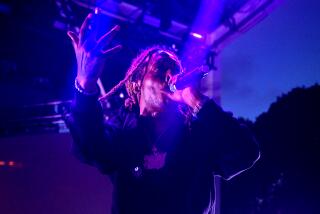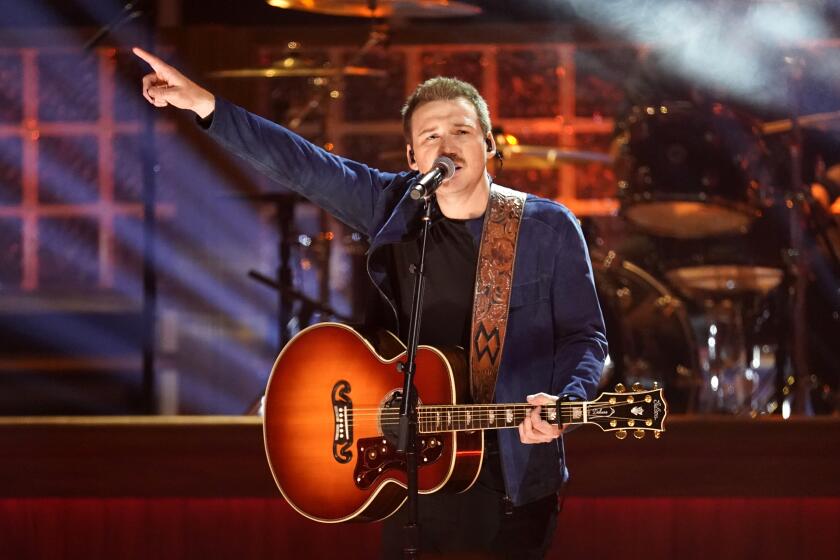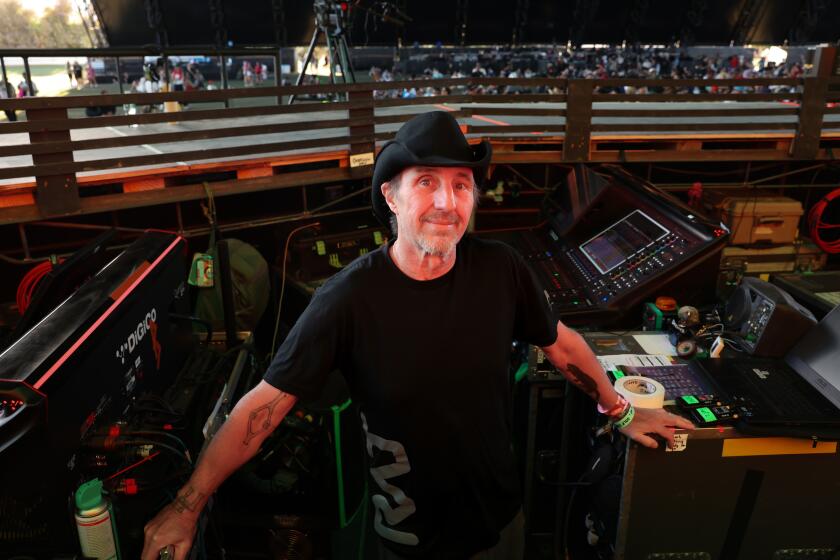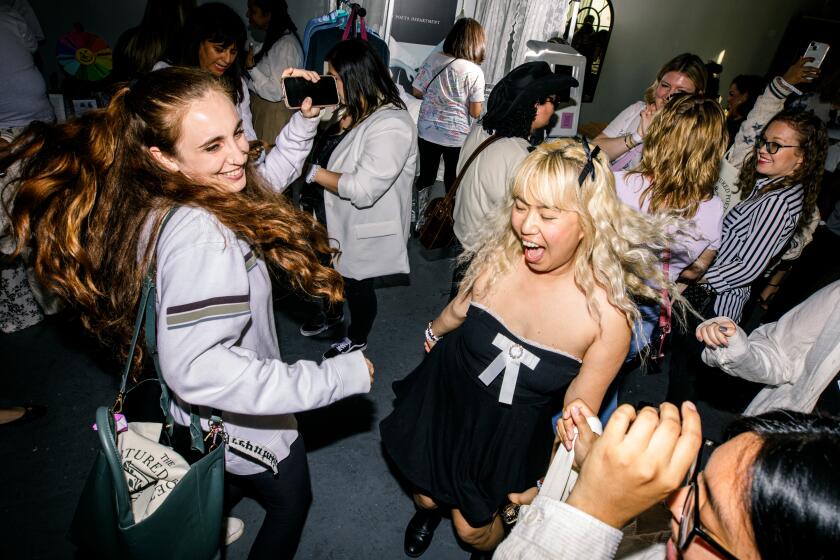A legend rocks on
Much of the most-prized music these days is housed in big rooms, whether it’s the massive Staples Center or its still-large baby brother Nokia Theatre, but there was a time in the late ‘60s and early ‘70s when the best music was frequently showcased in small rooms -- the rootsy Ash Grove on Melrose, the honky-tonkish Palomino on Lankershim and, above all, the folk-oriented Troubadour on Santa Monica.
In its heyday, the Troubadour, which celebrated its 50th anniversary earlier this month with shows by James Taylor and Carole King, was the most important venue for new talent in the nation thanks to the vision of founder-owner Doug Weston, who booked acts because he believed in their talent, not just their drawing power.
Weston, a tall, charismatic figure with long, flowing blond hair, used to delight in saying the club’s reputation for quality talent was so strong that people would make reservations before they even knew who was playing. It was probably true. The club was a key launching pad for dozens of distinguished songwriters, including John Prine, Randy Newman, Cat Stevens, Kris Kristofferson and Jackson Browne, as well as Taylor and King.
But no single show did more to cement the Troubadour’s star-making power than Elton John’s U.S. debut on a summer night in 1970. About the performance, John once told me, “My whole life came alive that night, musically, emotionally . . . everything. It was like everything I had been waiting for suddenly happened.”
The Troubadour could ignite careers because performers were, in many ways, auditioning for the entire record industry when they stepped on that small wooden stage. Every Tuesday night, some 300 to 400 industry insiders, including radio station programmers, critics and concert bookers, showed up to pass judgment. John’s colorful set was especially dramatic because the Englishman was largely an unknown; his debut album hadn’t even been released in this country.
It was an innocent, exciting time when underground FM radio DJs played music they loved rather than first testing it on focus groups or seeing how well the record was received in other cities. There were many times when you could turn on some of the local stations the day after a Troubadour opening and not only hear the act’s record but also the DJ going on at length about what an exciting show it was. Contributing to the excitement surrounding the Troubadour shows was that acts didn’t just play one night -- they played two shows a night for six nights, which meant an entire week of buzz.
Still, nothing lasts forever, and Weston overplayed his hand, making such unreasonable contract demands on young acts that some managers and artists rebelled. Lou Adler, David Geffen and others opened the nearby Roxy in 1973 as an alternative to the Troubadour, and it took years for the club to recover its industry credibility. To keep things afloat, Weston turned the club into a grim, heavy-metal dungeon; eventually he took on a partner, businessman Ed Karayan.
It wasn’t until the early ‘90s that the Troubadour began slowly winning back the confidence of the industry and offered more stylish bookings, including promising young rock bands as well as more gifted singer-songwriters.
By the time of Weston’s death in 1999, such notable acts as Elvis Costello, Radiohead, Fiona Apple and Elliott Smith had graced its stage. In recent years, notables including Arcade Fire, Ron Sexsmith, the Noisettes and Franz Ferdinand have headlined. The club, owned by Karayan and booked by Brian Smith, no longer dominates the scene the way it once did, but its proud legacy continues to grow.
When Coldplay wanted to preview songs from its latest album in a club here in 2005 before playing a bigger room in town, the band chose the Troubadour because of that legacy. “The Troubadour was one of those magical places in America that we grew up in England reading about,” Chris Martin said at the time. “It was an honor playing there.”
More to Read
The biggest entertainment stories
Get our big stories about Hollywood, film, television, music, arts, culture and more right in your inbox as soon as they publish.
You may occasionally receive promotional content from the Los Angeles Times.





